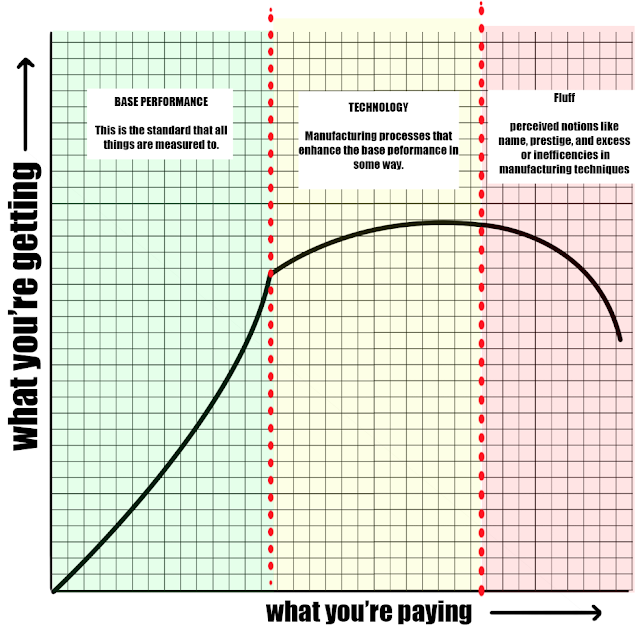Well, it was my full intention to get the blog going again. I started Youtube back up and was really getting moving with a new outlook after surviving the Covid shuttering of many businesses around. I've moved in with another golf business to provide better service while still maintaining the budget pricing whenever possible and just when things were looking the best... the rug gets pulled out from under me.
Club Conex - the company that makes the connectors i've been using to fit golf clubs - has just won a lawsuit and entered into an agreement with TopGolf (not that one)/All-fit golf. This is due to All-fit making "counterfeit" versions of the Conex adapters which infringed on some patents of club conex. Their agreement after settlement is to make Club Conex the sole distributor in the united states for all of the All-Fit products that infringe (as well as ones that don't infringe) on their patents. while i use Clubconex for irons, the All-fit Master system is so much better for woods because it doesn't require replacing a screw in each head (or buying another head to have on hand). This new agreement basically makes Club conex the only game in town because if we want to continue using these non-infringing products, we need to join a membership for $2000 and pay another $100 per month just to be able to buy and use the products.
I've never been so sad in my entire life to have finally seen my dreams start to take hold then be yanked away by what can only be described as "American greed". Patents are law, there's no disputing that but honestly why would you punish the users of your product when you're the only game in town? Golf is cost prohibitive enough without gouging the small fitters into non-existence. Just be a distributor and collect the money that way by providing product.
I haven't decided what to do. Basically, I can bow down, pay the money, use the system and that will eat my entire earnings for the year and then some. Yes you heard that right. I was never in this to be rich. I was never in it to become the next big business and expand to different areas. I got into this to provide golfers with the tour level of service that they deserve WITHOUT being hounded by marketing emails, high prices, and everything under the sun. Golf is really really expensive. Saving money will only help the local courses and other businesses that surround the game. Unfortunately i guess it's this kind of thinking that was ultimately my downfall. The money in golf is goading people into buying new stuff every year even if they don't need it. Service and repair has been reduced to a few grips here and there and some terrible repairs at the local golf club seller.
Lesson learned is that the name of the game is gouge the customer like everyone else. Make sure you get as much money as possible while providing the bare minimum of service so that you can prop up the industry moguls that are charging a premium. It's very likely that i won't recover from this one, not just keeping the business alive but in my very soul.
Thank you to everyone that has given me the chance to see what things could've been. I'm sorry i failed you all.





